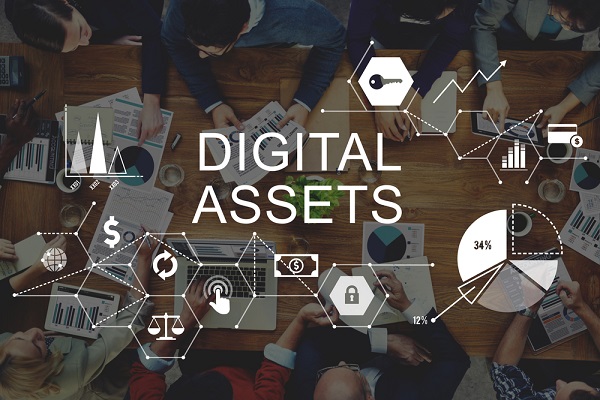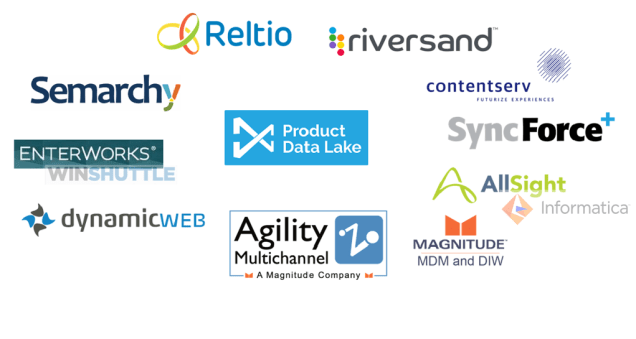Today’s guest blog post from Rajneesh Kumar is about Digital Asset Management (DAM) and 7 key factors to consider when choosing an in-house solution for that discipline.

Digital assets are an enduring force of great value. They are the fuel of the new economy as organizations strive to be increasingly digitally driven. The way ocean of digital assets is rising, it is essential more than ever to optimally manage every type of digital content.
Organizations today put so much effort to deliver responsive, personalized and engaging experiences. Digital content has a very important role to play here. And, digital asset management (DAM) solutions are becoming a strategic priority for organizations to manage rising volume of content, streamline and automate processes for efficiency and quality.
Digital asset management supports solutions (web content management, eCommerce, and campaign management) by managing omnichannel brand and rich media content across all channels.
It also helps store, access, distribute, repurpose, and monetize digital content. In fact, a good DAM contributes directly to the bottom line.
Organizations recognize this fact. And they are looking to transform their digital asset management solutions to improve marketing and sales performance for higher ROI.
But, it depends on how big their assets are, how distributed they are and how much integration they need to do.
Organizations must make an informed decision before choosing any DAM solution. They must choose a solution that fits well with their structure. And, it must also enable them to adopt the solution quickly with business benefits.
Here are 7 key factors to consider when choosing a DAM platform:
Implementation- Digital asset management plays a critical role to improve brand consistency across campaigns and channels. It serves many roles inside and outside of an organization. Thus, it must support greater automation in managing global or local versions of assets, various renditions of assets across channels, and integration with key systems of engagement.
Integration- A digital asset management solution should integrate well with the existing infrastructure of the organization. It should be easy for creative workflow and approval, collaboration, and version control. Your DAM solution must also allow you to take advantage of deep integration with campaign management, marketing automation, and marketing technology platforms to boost marketing agility.
Management- It should offer the deeper capability to efficiently manage a diverse set of content at reduced cost and lesser hassle. Because, DAM is a creative innovation lab for your marketing and sales team. It must reduce time spent searching for assets, streamline approval processes, make it easy to collaborate better with external stakeholders, and provide better visibility of current status.
Infrastructure- DAM should be compatible with existing as well as modern infrastructure (like cloud and mobility) so that unnecessary cost can be avoided in the long-run. A next-generation DAM system must take advantage of the cloud and mobility to make access and sharing easier among all teams wherever and whenever they require.
Security- It must provide robust security, metadata, and workflow capabilities — along with the scalability to support or add n-numbers of assets.
Rich media capability- Today, rich media is created in bulk. The DAM solution should provide strong support for audio, video, and images (with the format conversion capability as well as previews and editing capabilities on images and rich media) to support today’s responsive, cross-channel digital experiences.
Adoption- The DAM platform must be easily adopted by both internal and external teams (using role-based accessibility) so that business value can be realized as soon as possible. It must empower teams for better asset reuse, avoid duplication of effort and rework, and reduce the number of digital assets that are created but never used.
The bottom line is: It is not about what digital asset management platform you choose. But it is more about how a DAM solution enables you to create value around your entire asset cycle— improving collaboration, strengthening brands, accelerating campaigns, and increasing the ROI. Plus, delivering amazing customer experiences that you always strive for.
As digital marketer and growth hacker, Rajneesh Kumar is currently marketing manager at Pimcore Global Services (PGS), an award-winning consolidated open source platform for product information management (PIM), web content management (CMS), digital asset management (DAM) and e-commerce.




 This topic was touched here on the blog in the post called
This topic was touched here on the blog in the post called 



 Today we have an
Today we have an